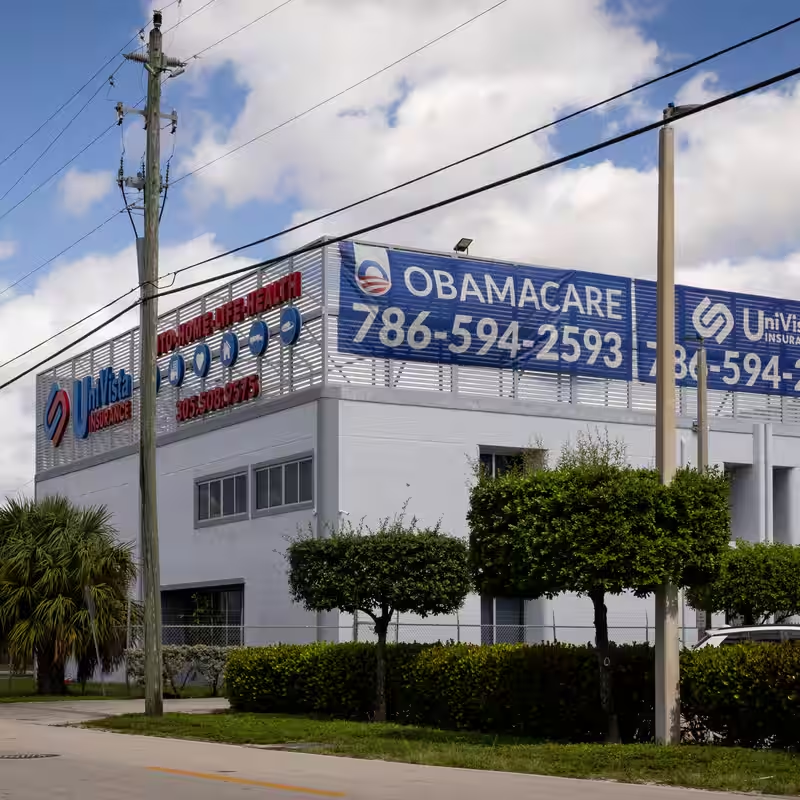Table of Contents
- Obamacare Enrollment Begins Amid Subsidy Uncertainty
- Why Subsidies Matter More Than Ever
- How to Shop Smart for 2026 Coverage
- What Happens If Congress Doesn’t Act?
- Expert Tips to Avoid Costly Mistakes
- Sources
Obamacare Enrollment 2025 Opens in a Fog of Uncertainty
Starting November 1, 2025, millions of Americans can begin enrolling in Obamacare health plans for 2026—but this year’s sign-up season arrives under a cloud of political gridlock and financial confusion. With Congress deadlocked over the future of enhanced tax credits and a federal government shutdown now in its fifth week, consumers face potentially steep premium hikes and vanishing subsidies.
“In a word, mayhem is what’s going to happen during this open enrollment,” warned Jeff Smedsrud, a veteran health insurance broker quoted in The New York Times .
Why Obamacare Subsidies Are in Limbo
Since 2021, the American Rescue Plan and Inflation Reduction Act temporarily expanded Obamacare subsidies, making coverage significantly more affordable for middle- and lower-income households. But those enhanced tax credits are set to expire—unless Congress acts.
Democrats are demanding their extension as a condition to end the government shutdown, while Republicans in both the House and Senate have refused, arguing the subsidies are too costly. The result? A dangerous policy vacuum just as open enrollment kicks off.
Even if you’ve been enrolled in an Obamacare plan for years, your 2026 costs could look dramatically different:
- Some enrollees may lose subsidy eligibility entirely.
- Others will see their monthly premium assistance shrink.
- Base plan prices are also rising—some by double digits.
How to Shop Smart for Obamacare in 2025
Don’t auto-renew your current plan. Experts strongly advise re-shopping your options, even if you’re satisfied with your insurer. Here’s why:
1. New Plans May Offer Better Value
Insurers adjust networks, formularies, and pricing annually. A different metal-tier plan (Bronze, Silver, Gold) might now better match your health needs and budget.
2. Subsidy Changes Affect Everyone Differently
Your eligibility for tax credits depends on your income, household size, and local benchmark plan costs. Use the subsidy calculator on Healthcare.gov or your state’s exchange to get real-time estimates.
3. Free Help Is Available
Navigate the chaos with assistance from licensed brokers or federally funded “navigators.” These professionals offer unbiased guidance at no cost. Find one through your marketplace website.
What If Congress Doesn’t Extend Subsidies?
If the enhanced credits expire, the impact will be immediate:
| Income Level | 2025 Avg. Monthly Premium (With Enhanced Subsidy) | 2026 Est. Premium (Without Enhanced Subsidy) |
|---|---|---|
| $30,000/year | $50 | $180+ |
| $50,000/year | $120 | $350+ |
| $70,000/year | $250 | $600+ |
These are illustrative figures based on national averages—your actual costs will vary by state and age—but they underscore the potential shock.
5 Expert Tips to Survive Open Enrollment
- Don’t wait. Enroll early—delays could mean gaps in coverage.
- Compare total costs, not just premiums (include deductibles, copays, and drug coverage).
- Update your income and household info on your marketplace account—it affects your subsidy.
- Check if your doctors and prescriptions are still in-network.
- Bookmark official sites only: healthcare.gov or your state exchange (e.g., Covered California, NY State of Health).
While lawmakers bicker in Washington, your health coverage can’t wait. Treat this enrollment period like a financial audit—because for many, it is.




